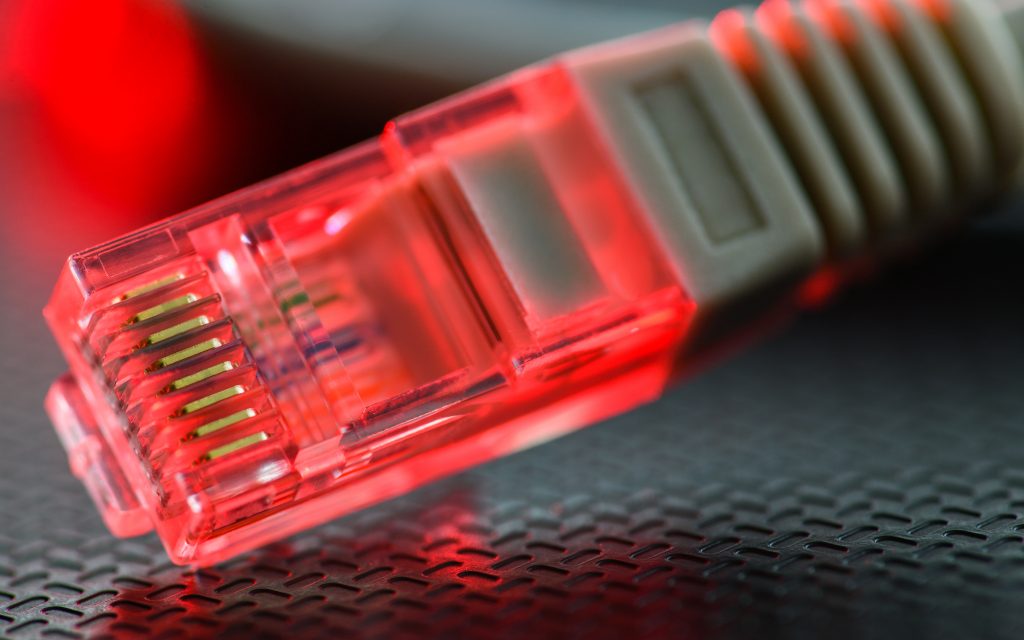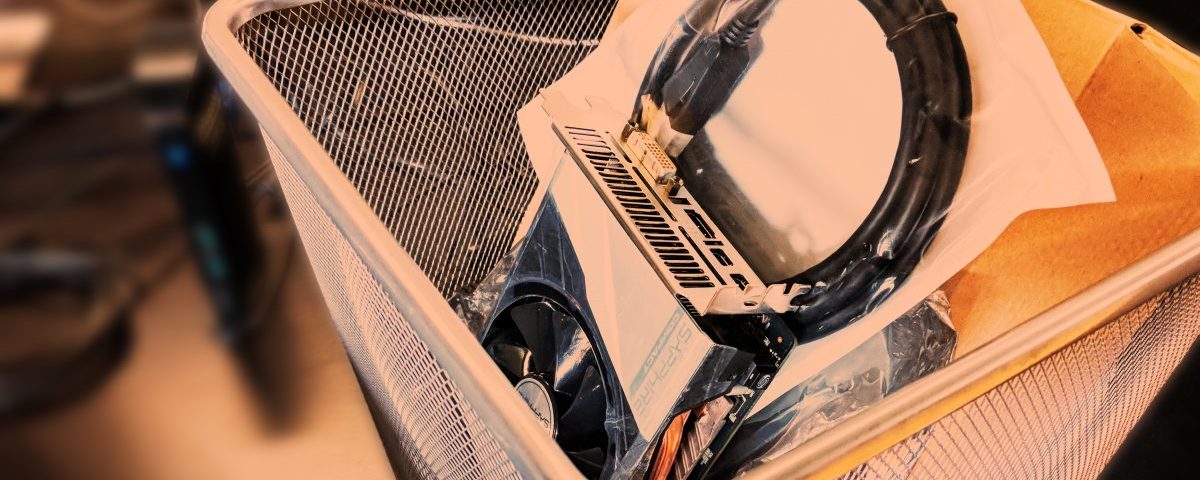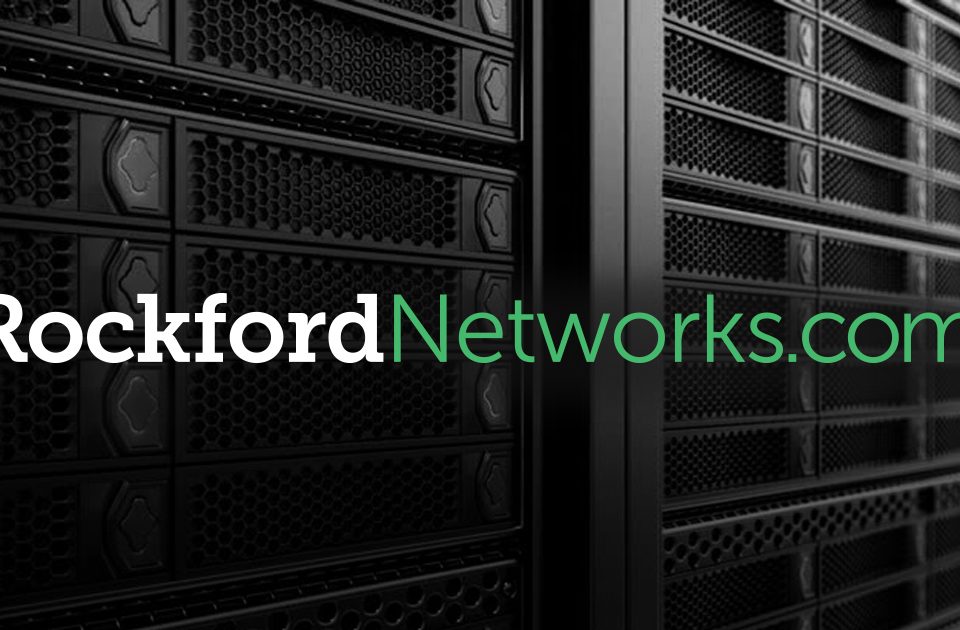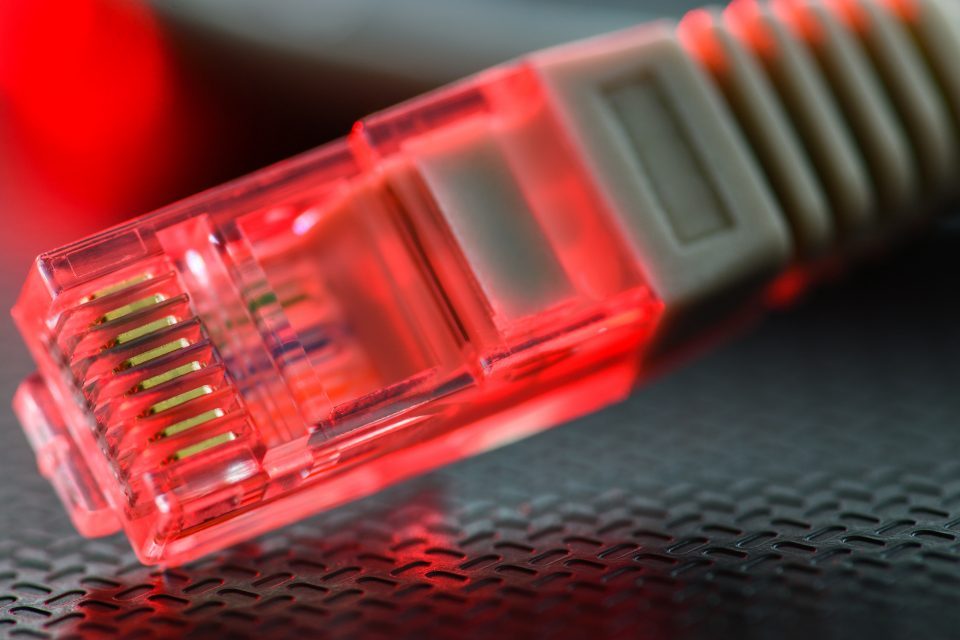
Google changes search algorithm … and says there’s nothing to fix
August 2, 2018
‘Hello, my name is Rob, and I’m a Comcast subscriber’
February 18, 2019Not all HDMI devices are equal anymore

This blog post is more of a rant about consumer electronics than anything Thinker related.
For years I have been telling people they don’t need to worry too much about HDMI, that they shouldn’t buy the $40 HDMI cable at the big box store when a $5 cable from the supermarket will do exactly the same job. I remember spending an hour or so reading fake reviews to a $1,000 HDMI cable on Amazon, chortling along to how it changed people’s lives and reversed the polarity of their flux capacitors. However, my experience, since getting a 4K Amazon FireTV and trying to get it to work with my PC, with decent sound has me second guessing all of this.
Essentially, the problem is that HDMI connections can handle only so many bytes before starting to run into issues. These cables will work up to 1080p (Or full HD) but throw in a 2160p (4K) display and you’re pushing 4 times more data than before, problems arise.
A bit of background, a few years ago, I decided I was going to use my own DVR solution and not use Comcast’s. A nice device, called an HDHomerun allows Cable channels to be streamed and recorded by my PC and I use a program called Kodi to display live TV and recordings. I also use Kodi to watch Blu-rays and, now 4K Blu-rays. This setup works really well for HD. Nvidia was the graphics card of choice for Linux/Kodi. We use a nice Yamaha surround amplifier, the PC plugs into that, then into the TV. The thinking behind a FireTV was that we can get Kodi installed on it and we wouldn’t need a PC. However, Amazon has disabled all digital audio types except Dolby Digital, so audio sounds bad coming from it as it gets decoded by the TV and not the amplifier, and eventually goes out of sync – creating the kung fu movie bad overdubbing effect on regular TV. Thankfully Netflix, Hulu, and Amazon don’t have this issue.
One caveat with getting a nice 4K TV. Everything else needs to be 4K compatible. And just because it says it’s 4K compatible on the box, doesn’t mean it is. I knew our amplifier wasn’t 4K, but I run Linux on the Kodi box, so I was able to add a second HDMI cable from the graphics card to the TV and leave the original one in the Amplifier. Kodi can define which HDMI the video will go on, and which HDMI the audio will go to. This was actually fairly easy to define. But I discovered NVidia is no longer a valid solution for 4k as the company has abandoned Linux development and the CPU struggles to decode 4K video fast enough. (4K video used the HEVC codec, HD uses the H264 or MPEG2 codecs – Nvidia can only decode H264 and MPEG2 on their graphics cards, but not HEVC, HEVC compresses much more than H264/MPEG2 – which allows a 4K movie to fit on a Bluray disk).
Some Googling later, I purchased an AMD graphics card which did support 4K (HEVC) movie playback. Switched out the cards, turned it on, and got .. nothing. As this new card took way more power than the previous card, so I had to buy a new Power Supply.
One new power supply later – still nothing. It turned out there’s a button on the top which needs to be switched depending on the startup mode of your PC. (The perils of a second-hand graphics card – no manual).
Now things booted up – but I couldn’t get any sound. The AMD card won’t allow separation of video and audio like the NVidia card did. I searched for an HDMI splitter, which sent the output in two different directions – maybe that would allow sending audio to the really nice, but non 4K amplifier and a 4k picture to the TV.
As well as no audio, I couldn’t get the frequency working correctly, either, for the 4K TV. (The frequency is the number of times the display refreshes every second. – a US TV displays at 60hz, and a film displays at 24hz). My system could only do 30hz, which makes the ticker on a news channel look jerky.
However, reading up online, it appears my graphics card came out before HDMI 2.0. HDMI 2.0 is a later specification which allows a 4K refresh rate of 60hz and higher. The previous version (HDMI 1.4) is stuck at 4k 30hz, which explains the problem I was having.
The solution, apparently, is to buy a DisplayPort adaptor which supports HDMI 2.0. So I duly ordered one. The adapter arrived at the same time the HDMI splitter arrived. However, even though the splitter has 4K written all over the box it turns out it isn’t HDMI 2.0 either, so even with my new display port adapter, I still wouldn’t be able to do what I needed. I abandoned the splitter idea as I couldn’t find one that was HDMI 2.0 and would allow audio to go to a non 4K amplifier.
After much twiddling, I broke down and bought a new 4K amplifier which should fix the audio issue.
The DisplayPort to HDMI 2.0 adapter turned out it wasn’t, and even though it said 4k60hz, it was still HDMI 1.4. So I’ve just ordered another one, which was the exact one someone said they got working. It’s still on my desk at work as I write, because it just arrived. However, I have no confidence that it actually will work.
At this point, I’m at the frustration point of sending everything back and giving up on using my PC with Kodi. I am tempted to buy an Nvidia Shield set top box – which apparently does what I want it to do? However, it has the word Nvidia in it – why has Nvidia dropped support for their desktop cards under Linux, but this Android device works so well? Apparently, it’s run by two different departments which don’t speak to each other. However, the FireTV should do everything the Nvidia Shield does, but it sounds terrible as Amazon broke all the android sound drivers.
Tomorrow I’ll know if my new adapter works, or if Amazon is going to be receiving $100 of adapters and cables back and getting an order for an Nvidia set top box? Will I be putting an AMD graphics card in the trash? Why is HDMI no longer just HDMI?



